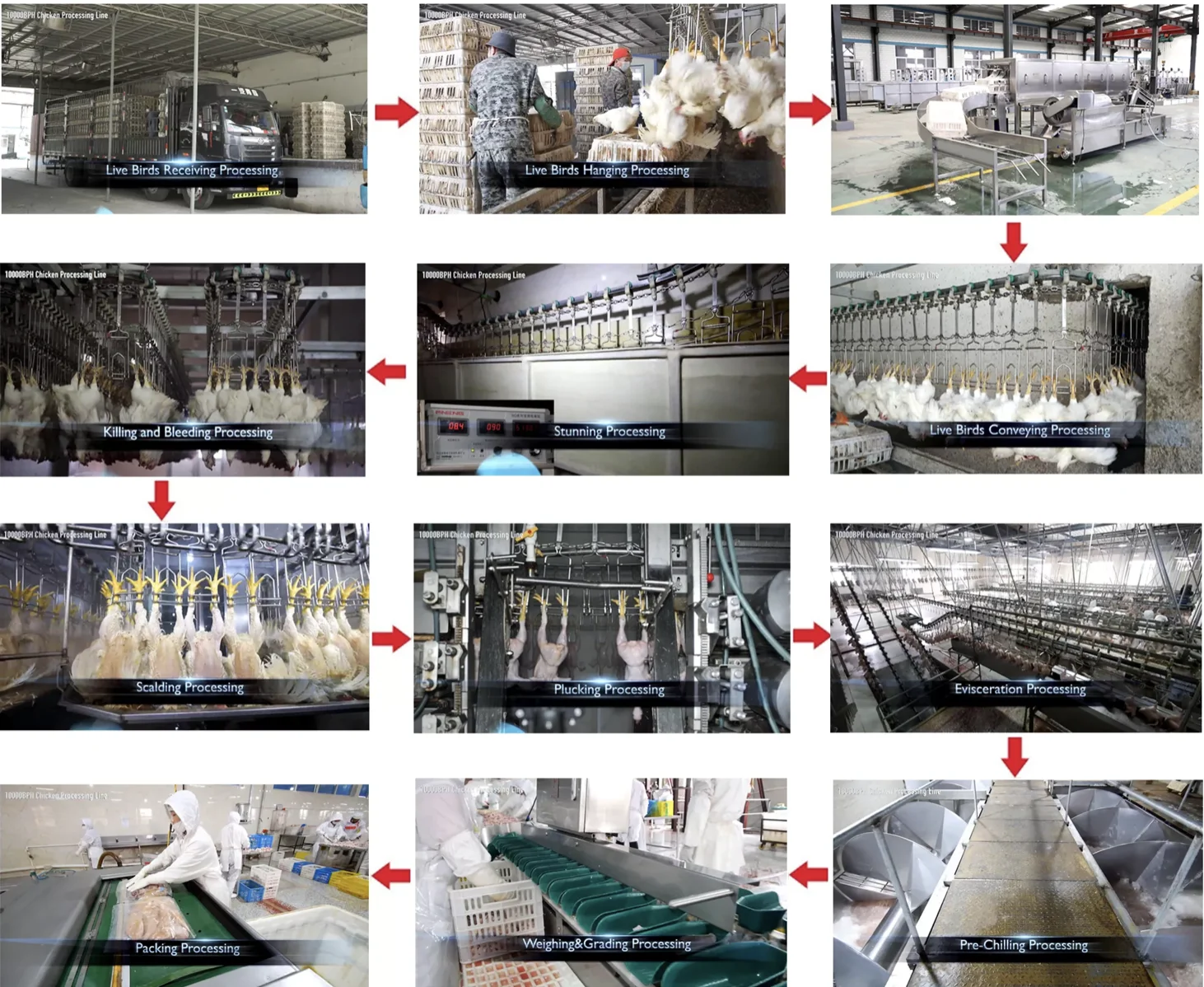Vacuum Sealing Machines for Efficient Food Preservation and Packaging Solutions
Aug . 22, 2024 04:26 Back to list
Vacuum Sealing Machines for Efficient Food Preservation and Packaging Solutions
The Importance of Vacuum Machine Food Packaging
In today's fast-paced world, preserving food freshness and extending shelf life are paramount concerns for both consumers and manufacturers. One innovative solution that has gained significant attention in recent years is vacuum machine food packaging. This technology plays a crucial role in minimizing food waste, maintaining product quality, and ensuring food safety.
Vacuum packaging involves the removal of air from a package before sealing it, creating a vacuum environment that inhibits the growth of bacteria, molds, and other microorganisms. This method is particularly effective in preserving perishable items such as meats, cheeses, and vegetables. By reducing oxygen levels, vacuum packaging slows down the oxidation process, a primary culprit behind spoilage and loss of flavor. As a result, foods can retain their taste, texture, and nutritional value for a much longer period.
One of the most significant advantages of vacuum machine food packaging is its contribution to reducing food waste. According to statistics, approximately one-third of the food produced globally is wasted, with spoilage being a major contributor. By utilizing vacuum packaging, food producers can extend the shelf life of their products, minimizing waste at both retail and consumer levels. This not only benefits the environment but also has economic implications, as businesses save on losses from unsold goods.
Furthermore, vacuum packaging offers convenience for consumers. Products that are vacuum sealed typically occupy less space and are easier to store. This compactness is particularly beneficial for those with limited storage options, such as small kitchens or dorm rooms. Additionally, vacuum-sealed packages often come in portions that are easy to handle and use, allowing consumers to enjoy fresh food without the hassle of unnecessary preparation.
vacuum machine food packaging

Food safety is another critical aspect facilitated by vacuum machine packaging. The elimination of oxygen significantly slows the growth of harmful bacteria and other pathogens, thereby reducing the risk of foodborne illnesses. This is especially important for meat products, which can quickly become hazardous if not properly preserved. Moreover, vacuum packaging can help prevent freezer burn, ensuring that frozen foods maintain their flavor and quality over time.
In a commercial setting, vacuum sealing is increasingly adopted by businesses looking to enhance their operations. Food processors, restaurants, and meal prep services leverage this technology to streamline their workflows. By employing vacuum machines, businesses can prepare meals in advance and store them without the fear of spoilage. This practice is particularly beneficial in the meal kit industry, where freshness is crucial for customer satisfaction.
However, it is important to note that vacuum packaging is not a catch-all solution. While it extends shelf life, it does not completely eliminate the need for refrigeration or proper storage practices. Additionally, moisture can be a concern, as the removal of air can lead to the growth of anaerobic bacteria in some cases. Therefore, combining vacuum packaging with other food preservation methods can yield the best results.
In conclusion, vacuum machine food packaging is a revolutionary technology that addresses many challenges associated with food preservation and safety. Its ability to extend shelf life, minimize food waste, and ensure product quality makes it an invaluable tool for both consumers and producers. As the demand for fresh, safe, and sustainable food options continues to grow, vacuum packaging is poised to play a vital role in the future of the food industry. Embracing this technology can lead to a more efficient and sustainable approach to food management that benefits everyone involved.
-
Hot Sale 24 & 18 Door Rabbit Cages - Premium Breeding Solutions
NewsJul.25,2025
-
Automatic Feeding Line System Pan Feeder Nipple Drinker - Anping County Yize Metal Products Co., Ltd.
NewsJul.21,2025
-
Automatic Feeding Line System Pan Feeder Nipple Drinker - Anping County Yize Metal Products Co., Ltd.
NewsJul.21,2025
-
Automatic Feeding Line System - Anping Yize | Precision & Nipple
NewsJul.21,2025
-
Automatic Feeding Line System - Anping Yize | Precision & Nipple
NewsJul.21,2025
-
Automatic Feeding Line System-Anping County Yize Metal Products Co., Ltd.|Efficient Feed Distribution&Customized Animal Farming Solutions
NewsJul.21,2025






